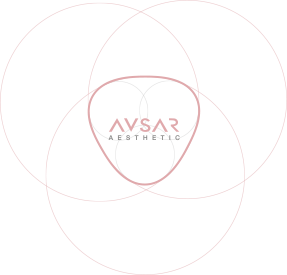One of the most popular services offered by cosmetic plastic surgeons is photo imaging. A computer artist, taking directions from a cosmetic surgeon about the changes that will be made in surgery, creates a picture of your most likely, after-surgery look, all on a computer screen.
Rhinoplasty 3-D Masks
In many cases, the actual after surgery result is better than the predicted results.
Patients like comuter imaging because it puts patient and surgeon on the same page about what to expect from rhinoplasty and other surgery.
There’s now a new wrinkle in technology that will provide a new way to picture the most likely after surgeryresults – 3D scanning and printing.
The new technology – along with a 3D printer – scans an object into its memory and then layer by layer, reproduces the scanned object via the special printer. 3D printers are already being used – many in private homes — and may revolutionize the way products are made by changing the concept of a factory.
Plastic surgeon Yakub Avsar, M.D., in Turkey claims to be the only cosmetic plastic surgeon worldwide offering patients 3-D masks showing their current appearance and what they will most likely look like after rhinoplasty surgery and healing.
Dr. Avsar – like virtually every other nose job surgeon worldwide – is aware that a human nose, to look attractive, must be in balance with the face upon which it sits.
And, while the nose is the most prominent feature on a face, the nose draws virtually zero attention unless it is badly shaped, broken, twisted or just too large for the face.
First visit rhinoplasty patients have their faces scanned at Dr. Avsar’s office. The surgeon then uses a 3-D editing device to make the same changes that will be done in surgery. Then the actual before and predicted after surgery masks are created.
The 3-D masks are realistic because various coloring agents reproduce the patients' skin tones.
One rhinoplasty patient from Stockholm, Sweden, described the 3-D masks as “magical.”


